Nueva Zelanda/Mayo de 2017/Autora: Adele Redmun/Fuente: Stuff
Resumen: Una larga batalla por las lecciones bíblicas en las escuelas será resucitada en la corte en un esfuerzo por hacer que las escuelas estatales sean «completamente seculares». La Secular Education Network (SEN) presentó una demanda legal contra la instrucción religiosa en las escuelas con el Tribunal de Derechos Humanos, alegando que los niños estaban siendo intimidados por la decisión de sus padres de no participar en las lecciones bíblicas. Si bien los casos anteriores se han centrado en escuelas o programas individuales, este nuevo caso apunta al «sesgo religioso» en las escuelas estatales y posibles conflictos con la Ley de Declaración de Derechos.
A long-running battle over bible lessons in schools will be resurrected in court in an effort to make state schools «completely secular».
The Secular Education Network (SEN) filed a legal challenge against religious instruction in schools with the Human Rights Review Tribunal, claiming children were being bullied over their parents’ decision to opt out of bible lessons.
While previous cases have centred on individual schools or programmes, this new case takes aim at «religious bias» in state schools and potential conflicts with the Bill of Rights Act.
The Churches Education Commission (CEC), which provides Christian values education to 600 New Zealand schools a week, countered that SEN’s case restricts their freedom of religion under the act. CEC will be a non-interested party to the case.
SEN argued the Ministry of Education was unable to ensure section 78 of the Education Act 1964 – which allows for an hour of religious instruction a week outside school hours – did not adversely impact children who were opted out.
Ministry deputy secretary Katrina Casey said schools were made aware of «the differences between religious instruction and religious education» when parents complained but were also responsible for addressing bullying.
Twenty-six witnesses, including 13 families whose children had been mistreated, would present evidence in the case.
Witness and SEN co-leader Tanya Jacob said her son’s mistreatment at a Christchurch school «started emerging with kids saying ‘you’re going to hell’.»
Jacob said she initially had a «cruisy attitude» towards bible lessons in schools and simply withdrew her children. She later learned they were being placed back in the class, sent to the new entrants’ room, or made to wash dishes instead.
«They [other children] wouldn’t share with him because he doesn’t believe in God, it’s really toxic,» she said.
«There are similar things happening throughout the country where kids are isolated and made to do demeaning tasks because they have opted out.
«You’re splitting up the kids by faith and saying ‘these are the accepted kids, they are the kingdom kids’ . . . then the others are pushed out of the classroom.»
Teachers could also face discrimination if they opposed religious instruction and current legislation did not provide guidelines for chaplains or faith-based youth work, she said.
CEC school engagement manager Tracy Kirkley said a «blanket ban» on religious instruction was similarly unfair on the 2500 volunteers who delivered Bibles in Schools-style programmes.
«What we are doing backs up and supports the values of the schools. Yes, we use the Bible . . . but we are there when the schools want us.»
Kirkley said she was concerned if children were being bullied for withdrawing from religious instruction but «it’s not attributable to the half hour a week we have with them».
«Parents can opt out and schools can have them opt in rather than opt out, there are lots of ways you can handle it.»
SEN co-leader David Hines said the legal bid to make state schools «completely secular» could cost up to $50,000. More than $13,000 has been raised through a crowd funding venture.
The network’s challenge builds on a 2016 case by Auckland man Jeff McLintock, whose daughter Violet was placed in bible classes without his permission.
The case was thrown out over a missed deadline and Hines said he was hopeful the new case would succeed.
«There’s no neutral teaching about religion in state schools and a lack of political will to get into a debate about this.»
Fuente: http://www.stuff.co.nz/national/education/92161973/new-challenge-to-bible-teaching-and-religious-bias-in-state-schools
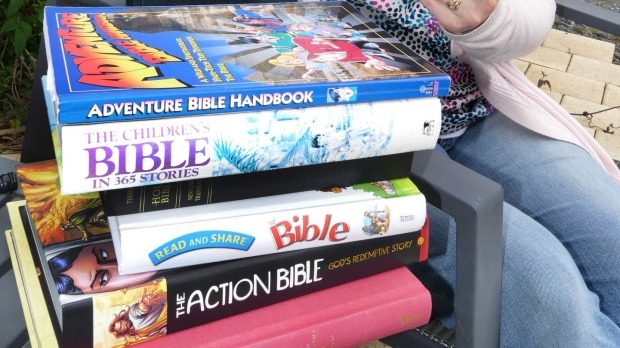

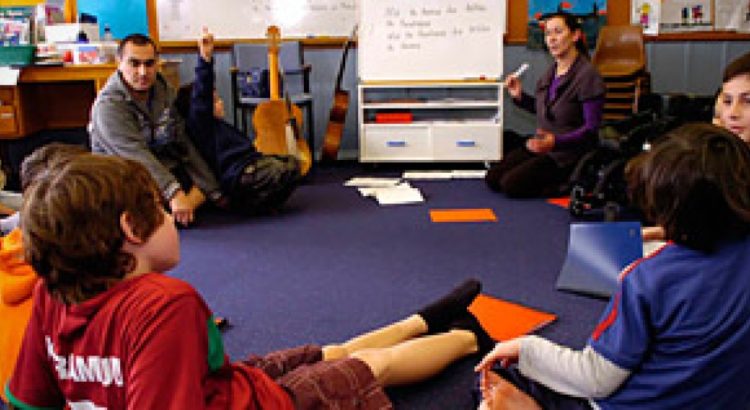
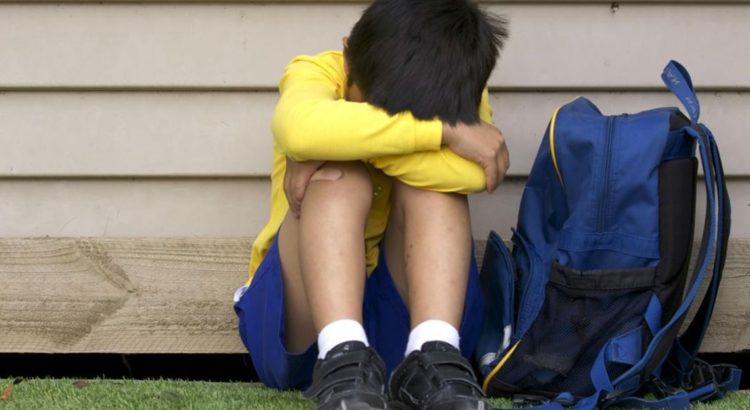

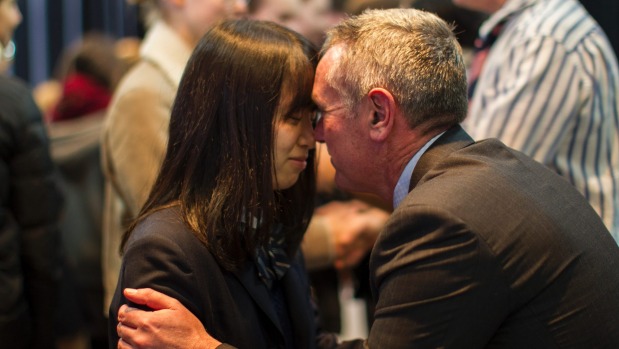
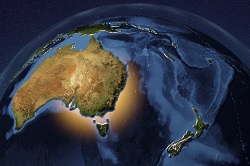






 Users Today : 128
Users Today : 128 Total Users : 35459723
Total Users : 35459723 Views Today : 216
Views Today : 216 Total views : 3418188
Total views : 3418188